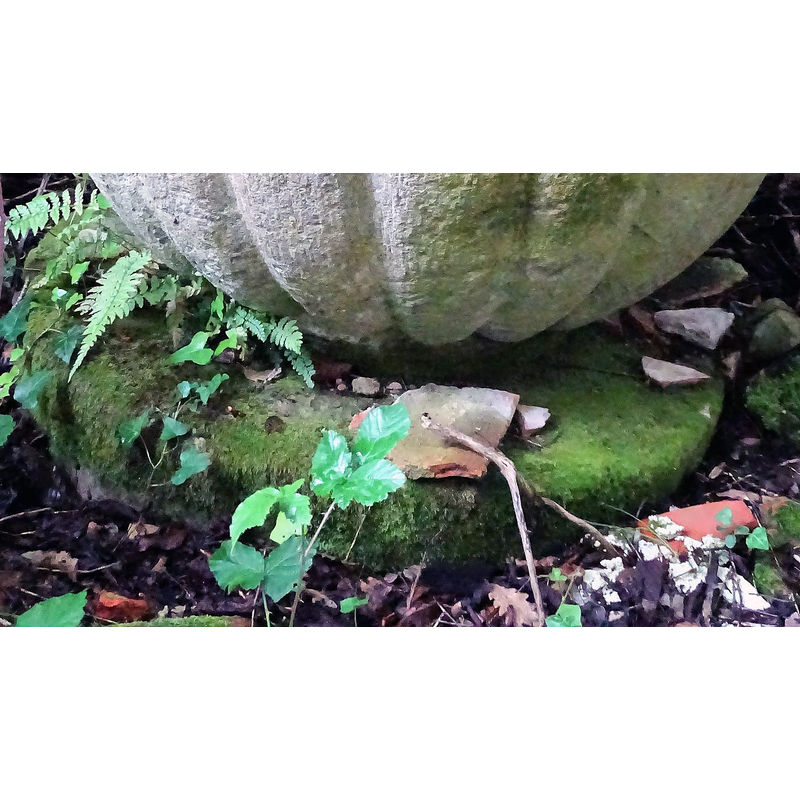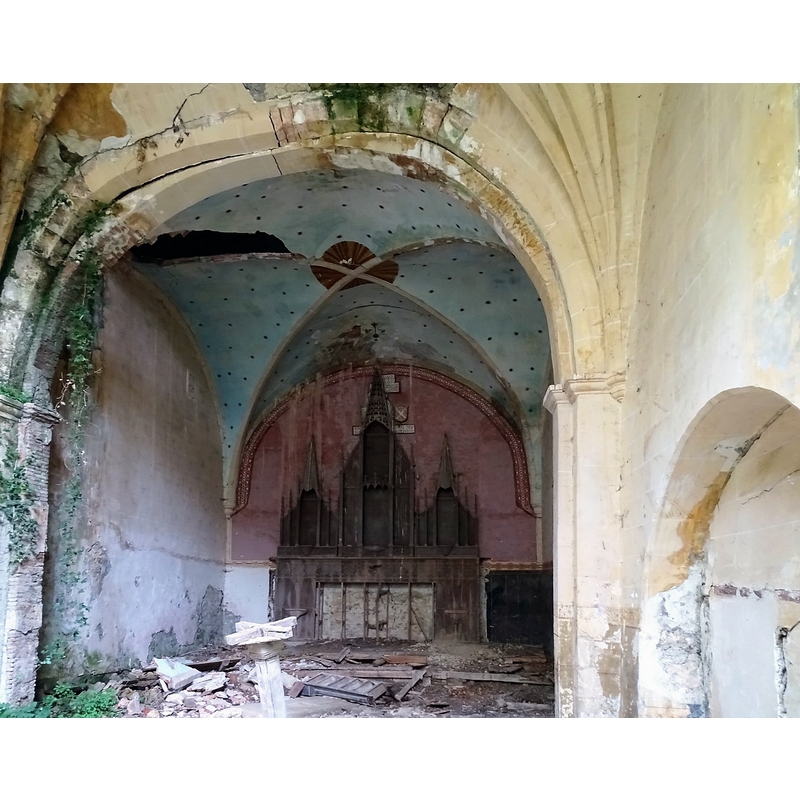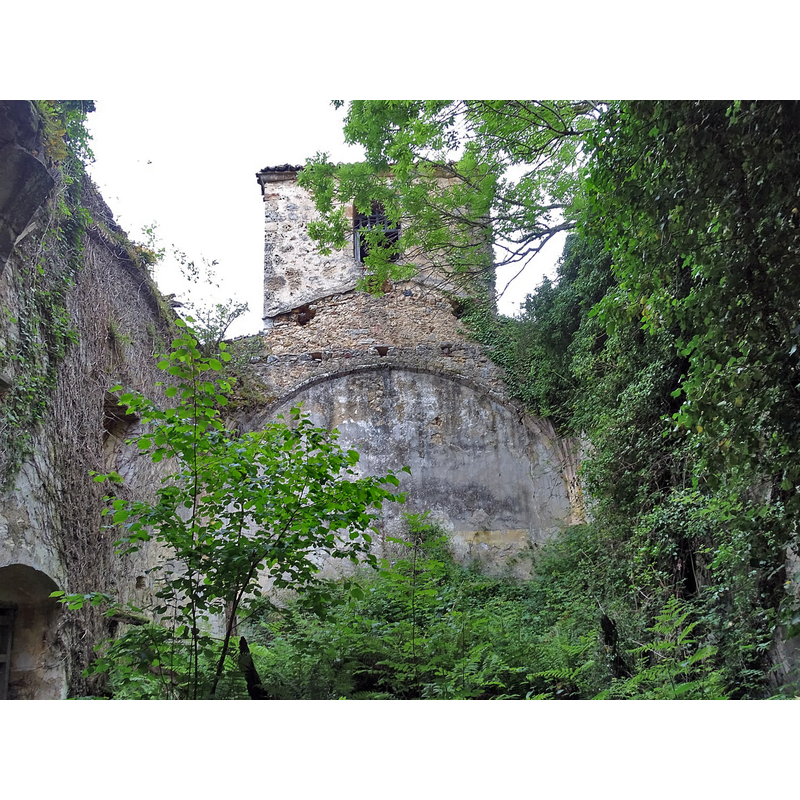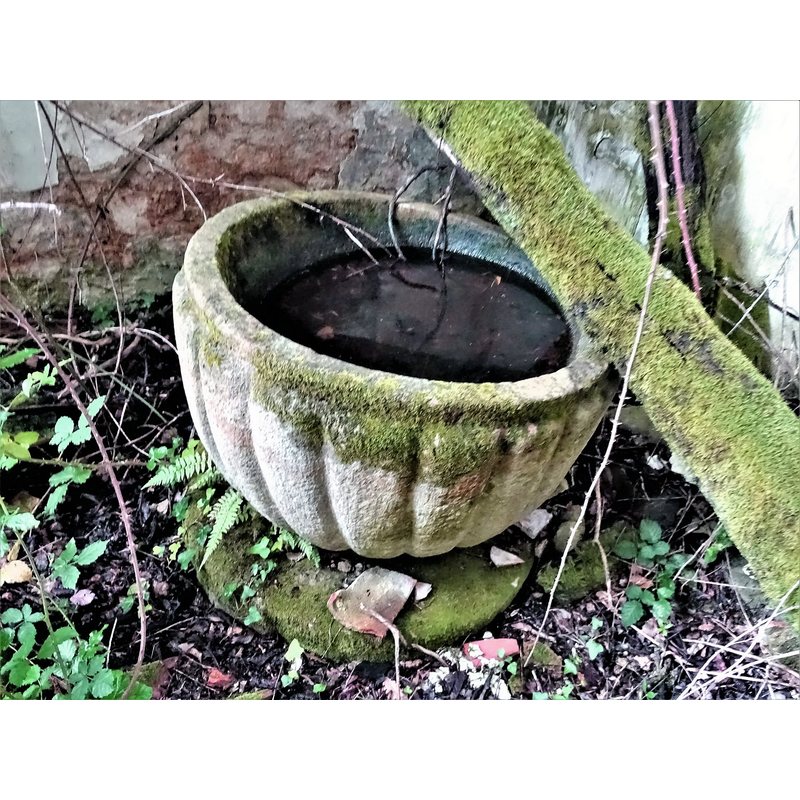Caniego / Caniego de Mena
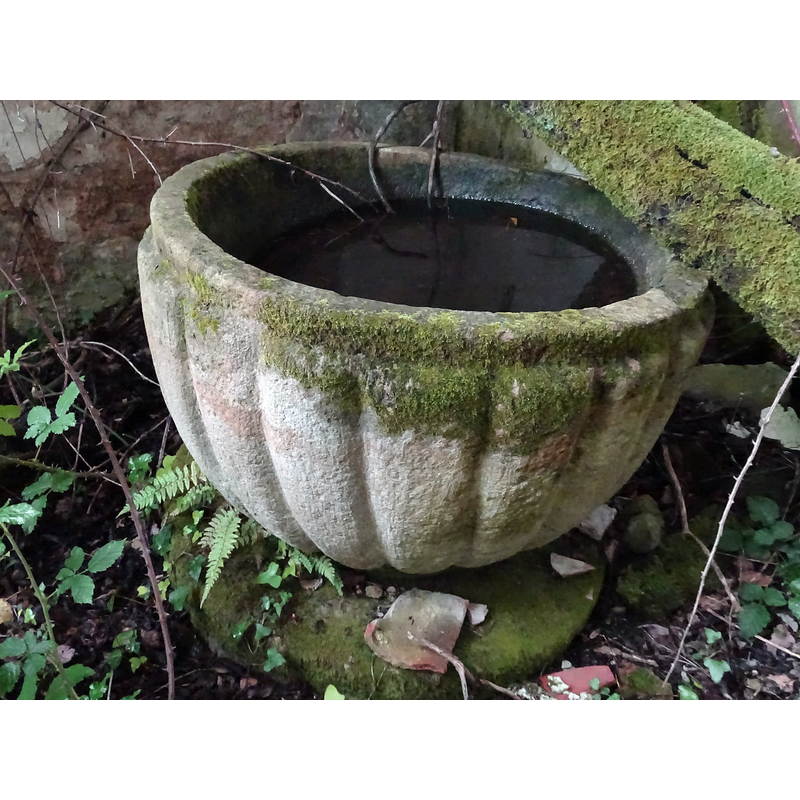
Image copyright © Pedro Lozano Huerta, 2022
Image and permission received from the author via Mikel Unanue (e-mail of 30 January 2022)
Results: 7 records
design element - patterns - ribbed
inscription
Scene Description: [cf. FontNotes]
Copyright Statement: Image copyright © AEH (Archivo Epigráfico de Hispania), 2022
Image Source: digital image of an illustration in in the AEH (Archivo Epigráfico de Hispania) [AEHTAM_1086_CIHM__1_118.pdf] [accessed 31 January 2022]
Copyright Instructions: PERMISSION NOT AVAILABLE -- IMAGE NOT FOR PUBLIC USE
view of base
view of church interior - looking east
view of church interior - looking west
Scene Description: the roofless nave looking towards the tower
Copyright Statement: Image copyright © Pedro Lozano Huerta, 2022
Image Source: digital photograph January 2022 by Pedro Lozano Huerta
Copyright Instructions: Image and permission received from the author via Mikel Unanue (e-mail of 30 January 2022)
view of font in context
INFORMATION
FontID: 00531CAN
Object Type: Baptismal Font1
Church/Chapel: Iglesia Parroquial de San Julián
Church Patron Saints: St. Julian
Church Location: Pob. Caniego, 29, 09587 Caniego, Burgos, Spain
Country Name: Spain
Location: Burgos, Castilla y León
Directions to Site: Located off (N) the CL-629,and the BU-V-5545, in the municipality of Valle de Mena, 38 km of Villarcayo, 113 km NNE of Burgos capital
Ecclesiastic Region: Diócesis de Burgos [formerly in the diócesis of Santander]
Font Location in Church: The church is almost in ruins but houses the font in what was the sacristy, S nave
Date: ca. 1199?
Century and Period: 12th century (late?), Romanesque
Credit and Acknowledgements: We are grateful to Pedro Lozano Huerta for his photographs of this church and font
Church Notes: NB: Madoz' Diccionario... gives the dedication as San Juan, and mentions two ermitas (San Vicente Ferrer & San José) here; one of them may be the one being used for services now [cf. FontNotes]
Font Notes:
Click to view
Described in Bilbao (1996: 274 et al.) as a baptismal font of the Romanesque period; the ribbed basin bears a short inscription on the rim dating it to 1199. [NB: the inscription uses "Era" date of "MCCXXXVII", which corresponds to 1199 A.D.] The entry for Caniego in the AEH (Archivo Epigráfico de Hispania) [AEHTAM_1086_CIHM__1_118.pdf] [accessed 31 January 2022] registers the inscription and provides images of the details [cf. ImagesArea]. The entry for this village in Emiliano Nebreda Perdiguero [www.archiburgos.es/wp-content/uploads/amo-a-mi-pueblo.pdf] [accessed 31 January 2022] notes: "Tiene su iglesia hundida, a considerable distancia del pueblo en zona elevada, con torre cuadrada amplia. Estaba dedicada a San Julián. El culto se celebra ahora en una ermita, en el pueblo"; it mentions no font in either the ruined church or the present chapel in use. No entry found for Caniego in the Enciclopedia del Románico.
COORDINATES
UTM: 30T 475456 4773352
MEDIUM AND MEASUREMENTS
Material: stone, type unknown
Number of Pieces: one
Font Shape: cauldron (unmounted)
Basin Interior Shape: round
Basin Exterior Shape: round
Diameter (includes rim): 90 cm*
Basin Total Height: 75 cm*
Font Height (less Plinth): 75 cm*
Notes on Measurements: * Bilbao (1996: 274)
INSCRIPTION
Inscription Language: Latin
Inscription Notes: "Era" date 1237, equivalent to 1199 A.D. Badly worn according to Bilbao
Inscription Location: on the upper rim of the basin; 2021 photographs do not capture the inscription [cf. ImagesArea]
Inscription Text: "IN DIE SANCTA MARIAE / ERA DE MCCXXXVII"
Inscription Source: Bilbao (1996: 251) / AEH
REFERENCES
Bilbao López, Garbiñe, Iconografía de las pilas bautismales del románico castellano: Burgos y Palencia, Burgos: Editorial La Olmeda, S.L., 1996
![[cf. FontNotes]](/static-50478a99ec6f36a15d6234548c59f63da52304e5/compressed/1220131005_compressed.png)
![[cf. FontNotes]](/static-50478a99ec6f36a15d6234548c59f63da52304e5/others/permission_not_available.jpg)
